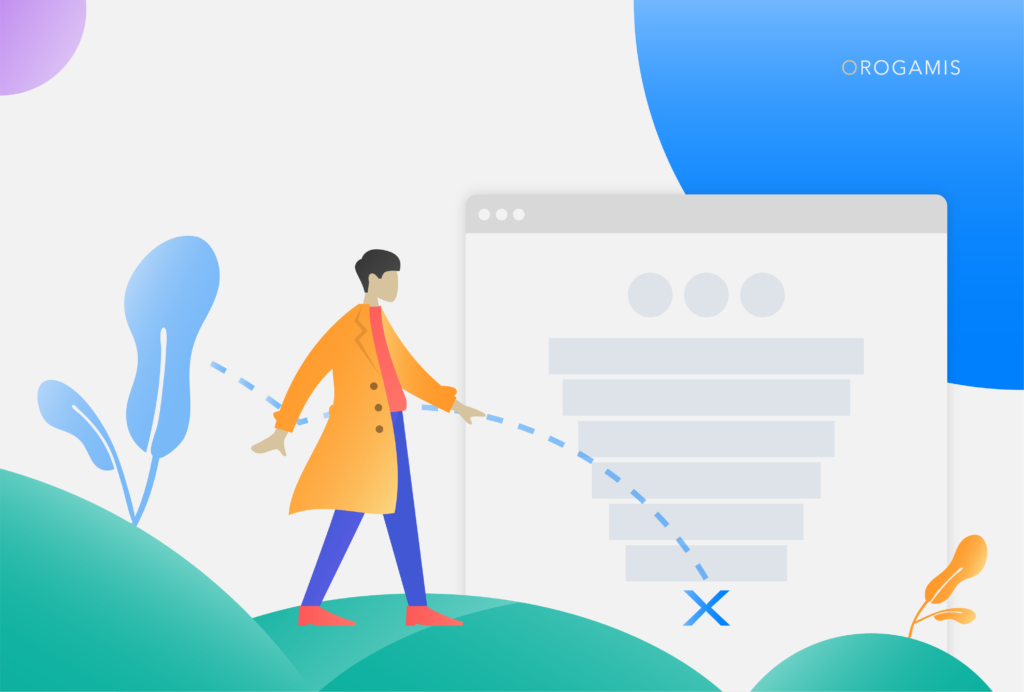Mapping the customer journey is essential for crafting a seamless, tailored experience that drives both conversions and customer retention. By understanding and mapping out every touchpoint where a customer interacts with your brand, you can optimize each stage of their journey to drive success.

1. Define Your Customer Personas
Begin by understanding who your customers are. Create detailed customer personas, which include:
- Demographics (age, gender, income, etc.)
- Behaviors (buying habits, online activity, preferred channels)
- Pain points and needs
- Goals (what do they want to achieve with your product or service?)
Understanding these personas ensures your customer journey is relevant and personalized.
2. Identify Key Touchpoints
These interactions occur throughout different stages of the customer journey.
- Awareness: Paid ads, social media posts, blog content, email newsletters.
- Consideration: Product pages, customer reviews, comparison guides, webinars, or product demos.
- Purchase: Checkout process, customer support interactions, discount offers.
- Post-purchase: Follow-up emails, onboarding materials, customer service, review requests.
- Retention and Advocacy: Loyalty programs, product updates, surveys, referral programs.
3. Create a Customer Journey Map
Imagine the journey a customer follows, starting from their initial interaction with your brand all the way through to their post-purchase engagement.
- Stages: Awareness, Consideration, Purchase, Post-purchase, Advocacy.
- Emotions: What are the customer’s emotions at each touchpoint? (Excited, confused, frustrated, satisfied)
- Pain Points: Where do customers experience challenges? (e.g., complex checkout process, lack of customer support)
- Solutions: How can you resolve these pain points? (simplifying navigation, offering live chat)
4. Choose the Right Channels for Engagement
Identify the best channels to reach your customer at each stage of their journey. This could include:
- Email marketing: Targeted campaigns to nurture leads and engage post-purchase.
- Social media: Building awareness, engaging with customers, promoting offers.
- Content marketing: Blog posts, videos, and guides to educate and inform.
5. Optimize and Personalize
Use data to personalize the experience at each touchpoint. For example:
- Dynamic content: Serve personalized emails or website experiences based on the customer’s behavior (e.g., browsing history, past purchases).
- Automation: Trigger personalized follow-ups (e.g., abandoned cart emails or post-purchase surveys) based on actions taken by the customer.
- A/B testing: Continuously test different messages, designs, and offers at each touchpoint to see what resonates best with your audience.
6. Monitor and Adjust (CRM System)
The customer journey is not static. Regularly review the performance of each touchpoint using analytics tools (Google Analytics, CRM systems, etc.). Adjust the journey based on:
- Customer feedback: Are there recurring issues or complaints?
- Behavioral data: Are there drop-off points in the journey where customers disengage?
- Conversion rates: Which touchpoints lead to the highest conversions?
Example of a Customer Journey Map for an E-commerce Business
- Awareness: Customer sees a targeted ad on Instagram → Visits website to browse products.
- Consideration: Reads product reviews and blog articles → Subscribes to a newsletter.
- Purchase: Adds items to cart → Receives an abandoned cart email with a discount → Completes purchase.
- Post-purchase: Receives a thank-you email with product care instructions → Leaves a review.
- Advocacy: Signs up for a referral program and shares a discount with a friend.
Conclusion
By mapping out customer journey touchpoints, you can deliver personalized, consistent experiences that lead to better engagement and higher conversions. Continuously optimize the journey based on data and feedback to ensure long-term success.


Leave a Reply